Web Designer Career Guide
Visual Architects for a Mobile and Desktop Web
It’s been more than twenty years since the Web was born, but there’s never been a better time to pursue a career as a Web Designer. Today, a strong Web presence is a necessity for businesses large and small, from Starbucks to your local computer repair shop.
Working in tandem with programmers/developers, Web designers are responsible for the layout and look and feel of a Web site. They play an essential role in imagining and implementing the sites you access on your computer or mobile device.
Why Choose a Career in Web Design?
Web designers create layout designs for Web pages, creating interfaces that have the right blend of information, graphics, structure, and navigation. Though today’s large sites depend on advanced programming, a Web designer typically focuses on the visual side of creating the end product.
A Web Designer must be highly computer savvy and familiar with Web scripting languages such as HTML, CSS, and JavaScript that are used to structure and present content, and make it interactive. The ability to produce rich media content such as video or Flash movies or applications can also enhance your value as a designer.
Web design is a field of constant innovation and reinvention. To stay competitive in the field, Web designers must be aware of changing Web standards, issues such as browser and device compatibility, and current best practices for usability and accessibility.
Career Outlook as a Web Designer
Web designers may work for large or small design firms, creating Web sites for a variety of clients. In a freelance or small business environment, Web designers may take on the role of both designer and developer, planning the site layout and coding or programming various elements of a Web site. A single Web designer may work full time managing and maintaining a Website for a single company or organization (like a clothing retailer, a charity, or a university), working with programmers to complete “back-end” projects. So don’t underestimate the power of one!
The Federal Occupational Outlook Handbook predicts that overall employment for Web Developers and Digital Designers will grow by 8 percent from 2023 to 2033, growing much faster than the overall economy. Fueling this growth will be a demand for more mobile site design along with an increase in remote positions.
According to the Federal Bureau of Labor Statistics the median annual wage for web designers and digital designers and was $98,540 as of May 2023.
Median annual wages for the professionals in top industries (in which they work):
| Computer occupations | $104,420 |
| Web and digital interface designers | $98,540 |
| Web developers and digital designers | $92,750 |
| Web developers | $84,960 |
| Total, all occupations | $48,060 |
Web Designer Job Facts
How much does a web designer make? How many web design jobs are there? If you’re looking into a career, you are probably wondering about these types of things. Thankfully, you can get data that is very current on these topics.
Around 10% of web designers were self-employed in 2023 according to the Occupational Outlook Handbook. Some work in the computer systems design and related services industry and some others work in industries including management consulting, advertising and publishing.
About 19,000 job openings are projected each year, on average, over the next decade. Many of those are expected to result from having to replace workers who transfer to different jobs or exit the workforce, such as to retire.
Different Types of Web Designer Jobs
The types of careers that currently exist for web designer are much more varied than they were just a few years ago. Although many of the duties and responsibilities are similar across these various occupations, there are some important differences.
You may find yourself doing aspects of several different facets of web design depending on the type of work you do. There are no hard boundaries between them. Employers or clients may expect you to have some knowledge of each.
With all this in mind, here are some of the specific types of careers you might pursue as a web designer.
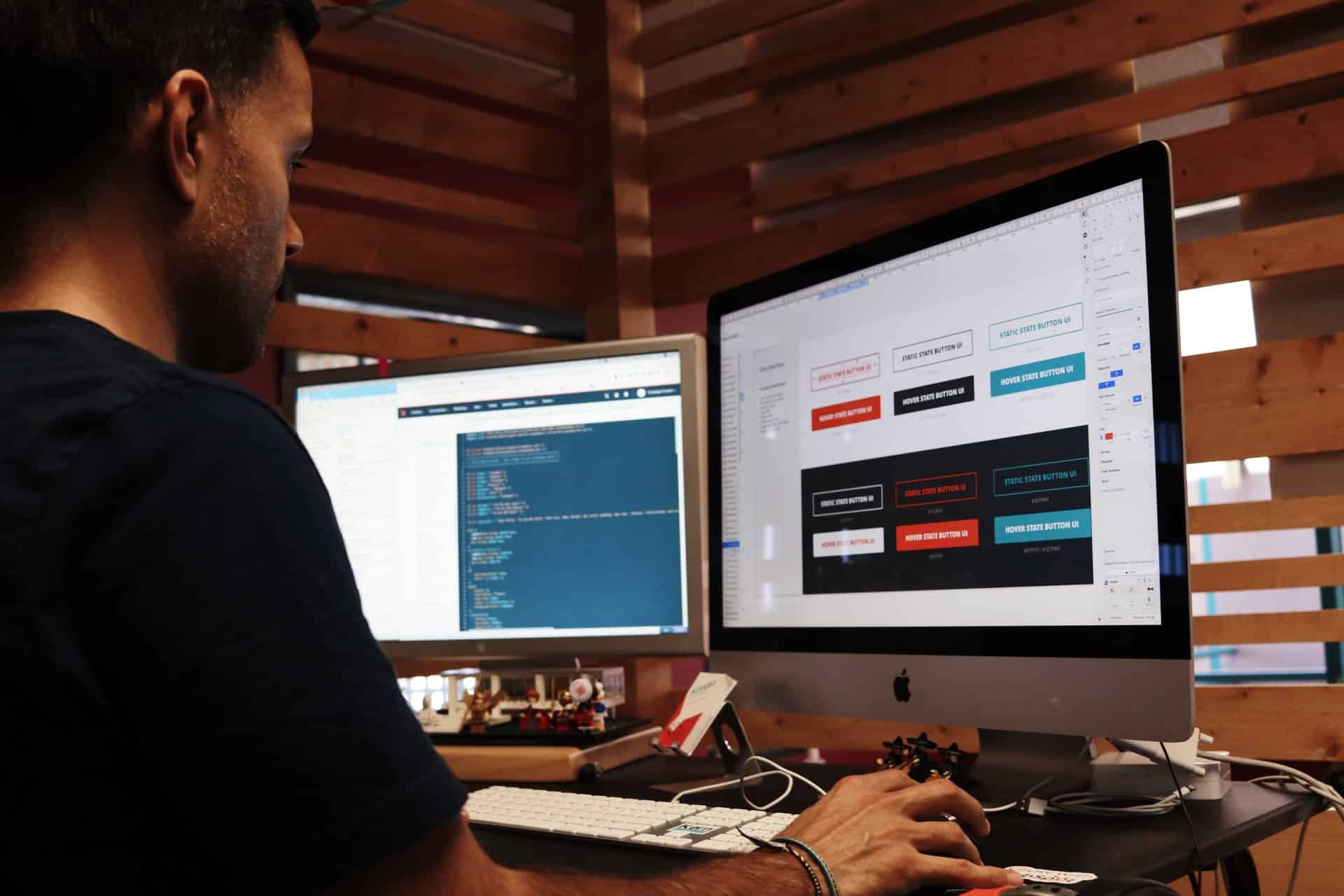
Webmaster
Webmasters are in charge of designing, improving and maintaining websites. They may work for a company or be self-employed with several clients. It’s very helpful to have a wide range of skills and abilities because most webmasters end up doing much more than may be initially expected. Webmasters will sometimes have the role of web designer, graphic designer, search-engine optimizer and even content writer occasionally.
It is imperative for webmasters to know about the businesses they are representing online. Every business or organization has a different model and their web presences need to reflect that. Websites need a clear journey or process for the various goods and services each provide and must appeal to their particular clientele.
Some of the responsibilities for webmasters are:
- Writing code for building and maintaining websites (such as HTML, HTTP, XML, etc…)
- Maintaining updates and security protocols for websites
- Meeting with stakeholders and helping articulate their vision into a website
- Staying current with the newest types of operating systems and their various applications or plugins
Back-End Developer
There are two sides to web development. We refer to these sides as the “front end” and the “back end.” You can think of the “front” as being what the customer sees and the “back” as everything behind the curtains that facilitates the front end.
Back-end development is essentially server-side development. It has a needed focus on website architecture, scripting, integrations and databases. These developers take build and maintain all the web activities that happen behind the scenes when people interact with the site. That includes everything from logging in to a site to making a purchase.
Some of the duties and responsibilities of a back-end web developer are:
- Understand the purpose and goals of a website and the business associated with it
- Store and secure data from the website and users
- Manage APIs (Application Programming Interfaces) across devices
- Create and manage website architecture
- Organize the logic of the system and data analyses


Front-End Developer
Client-side development, also known as front-end development, is focused on producing CSS, HTML, and Javascript for websites or web applications that users see and engage with. Skilled front-end developers create sites that display the information users want to see in an easy-to-read format. Functionality across the multitude of devices, programs and resolutions we use today is imperative.
The main goal for this type of developer is to make sure website visitors can easily navigate and interact with the pages and elements of the site. This requires a combination of programming, design and technology knowledge.
Some of the things you may need to do as a front-end developer are:
- Optimize the User Experience (UX)
- Develop User Interface (UI)
- Maintain front-end aspects of websites
- Debug and test elements of websites
- Create mobile-friendly designs
User Interface (UI) Designer
User Interface (UI) Design is a type of User Experience (UX) design. Often UX and UI are used interchangeably, but they are quite distinct. User Interface is what one uses to interact with the product. The User Experience is specifically referring to the actual feeling of the user.
A UI designer is tasked with building the look and interactivity of a website or web application. A good UI designer will create from the user’s point of view.
Some tasks a UI designer may perform are:
- Front-end web development or app development
- Visual Design (typography, color scheme, buttons, etc…)
- Build and update style guides
- Interaction design (interactivity, animation, web tools, etc…)
- Branding implementation and maintenance

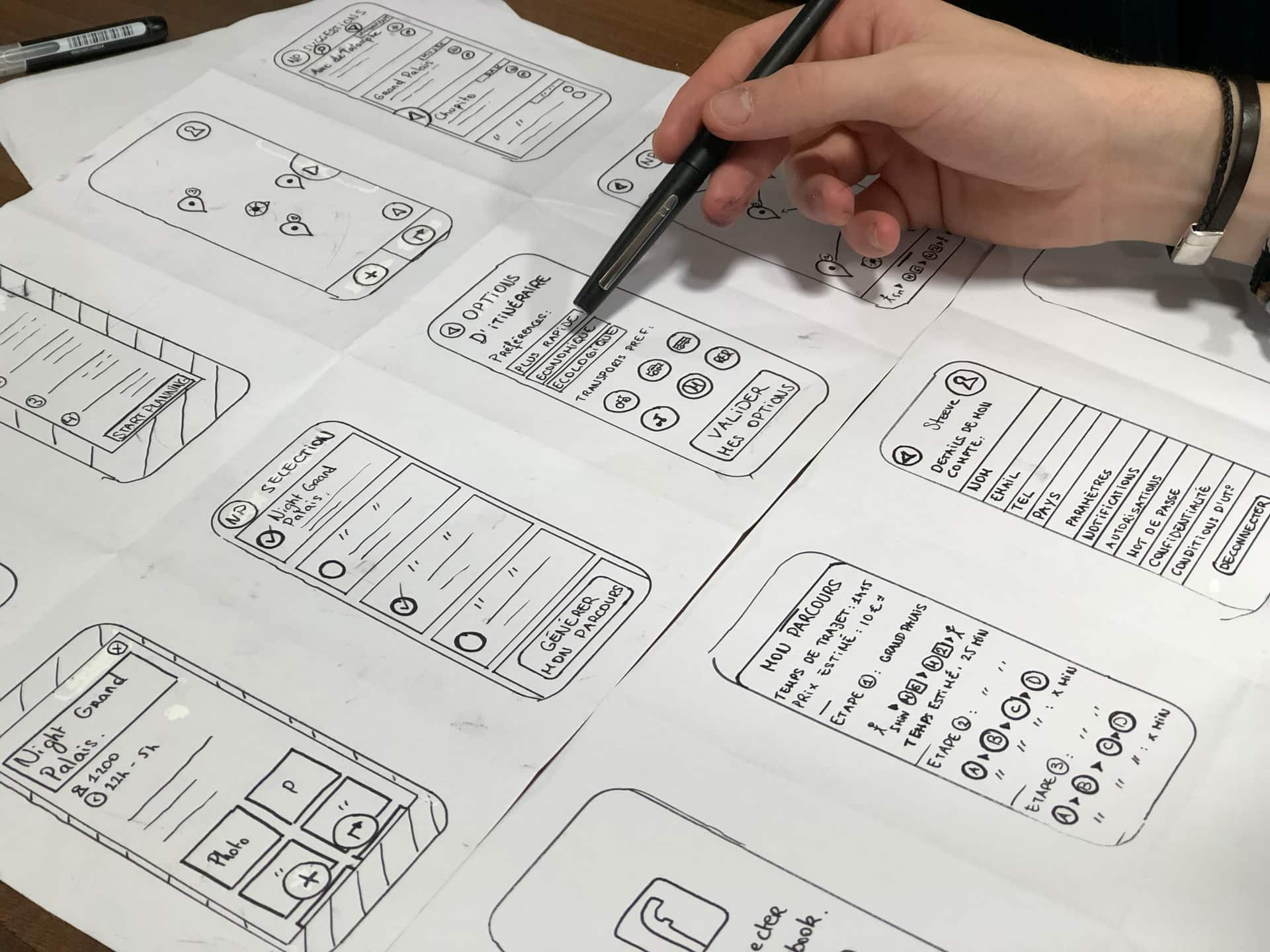
User Experience (UX) Designer
While intimately related to User Interface, User Experience (UX) design relates more directly to the user’s feelings or overall experience than UI does. It is a human-first approach to creation and design. This design isn’t just in the digital space, either. It applies to physical products, technologies and just about anything that can be experienced.
Some things a User Experience designer may do are:
- Testing and analysis
- Competitor Analysis
- Prototyping and wireframing
- Content Development
- Customer analysis
Related Fields
Some careers are very similar or adjacent to web design, but not really considered a part of the field. Still, you would benefit from having training in web design if you were in one of these related fields.
Here are some careers that are related:
- Computer Programmers
- Computer & Information Systems Managers
- Interactive Designers
- Digital Designers
- Graphic Designers
- Database Administrators and Architects
- Information Security Analysts
- Software Developers and Testers

How to Become a Web Designer
If you’re a complete newbie, take an online tutorial or class in HTML as soon as possible, and try to build a basic Website. Do you like coding? Are you fascinated by the problem-solving that’s required? Web design requires extreme tech savvy, patience, and curiosity, and while it’s easy to be seduced by the “front end” of Web design, your visual flair must be accompanied by attention to detail for you to succeed as a Web designer.
Ultimately, if you’re serious about a career in Web design, you may need a formal education or training program to enter the field. An Associate degree is recommended as a minimum qualification for Web developers by the Federal Bureau of Labor Statistics. Web design changes so fast that an intensive academic program that blends coding, software, and visual design can provide an effective solution. You need to have a balanced skill set, while ensuring that your visual design skills are strong enough to earn you the title Web Designer.
At the end of any Website Design program, you are looking to graduate with a good grasp of current technologies (HTML, CSS, JavaScript), a mastery of Adobe Creative Suite, and a set of effective visual interface designs. You will also want to have completed Web site projects under your belt.
What Education is Required?
The education requirements for becoming a web designer range from a high school diploma to a bachelor’s degree. Some jobs or employers may require candidates who have a degree in a certain field such as web design, digital design, graphic arts or computer science.
A strong understanding of HTML is certainly necessary and a solid grasp of other programming languages such as SQL, CSS or JavaScript will broaden your hireability immensely. If you are considering this line of work, begin taking courses in programming as early as you can.
Why is a Degree Important?
Web designers may not need education credentials if they can sufficiently demonstrate their skills using previous work or experience. While education is not necessarily required, most people pursuing this career can benefit greatly from some form of schooling.
The field and associated technologies are changing quickly, so keeping current is important. Those seeking training in specific programs or tools can find individual courses or certificate programs to supplement their previous experience and education.
Advancing Your Career as a Web Designer
If you are already working in the field of web design and seeking to advance your career, there are a number of ways you can help your chances. In the next sections, we’ll show you a few common ways people improve their careers.
1. Hone Your Skills as a Web Designer through Practice
Do you think you already have all the education you will need at the moment? Everyone can benefit from some practice. Even skills you think you have mastered can become easier through repetition.
The programs, technologies and tools used by web designers are always updating and improving. You should, too! Digital tools you have used for years are likely still getting yearly updates and with those updates comes new functionality. The best web designers stay on the cutting edge of these technologies to make their work the absolute best it can be.
2. Earn An Online Web Design Degree
Do you have any formal education in web design? If not, you may want to consider earning a web design degree. It is never too late to start a program. While it may sound like a daunting task, the benefits FAR outweigh the work and costs, especially for those who don’t know where to begin in their career path.
An associate degree is enough to get you started in a web design career, but you may want to expand your horizons with a bachelor program. Typically you can earn an associate in two years and a bachelor in three or four years.
3. Earn a More Advanced Web Design Degree
If you already have a degree, you may want to consider going back to school to earn a more advanced degree. Taking the next step will show current and future employers that you are interested in excelling in your career. Mentored learning from college instructors is one of the best ways to continue building on your skill and knowledge sets.
Adding a more advanced degree to your resume will help you stand out against other candidates when seeking employment. Recognition from a reputable school is one of the best ways to convey competence to those who make hiring decisions.
4. Obtain New Skills with Specific Web Design Courses
Sometimes people just need to brush up on or learn a specific skill or program. This is especially common in web design, where technologies are constantly updating and improving. Courses in specific skills or programs are great to gain quick, guided training to add some new abilities or improve those you already have.
Perhaps you are already fluent in the basics of HTML and CSS, but could use a refresher in Javascript. You might need to familiarize yourself with Web Typography for a specific project. There are many places you can find a quick course to add to your repertoire.
How to Switch Your Career to Web Design
It’s common for people to start down one career path only to find they really would like to do something else later in life. If you’re considering switching to a web design career, there are some great options for you, depending on your commitment level.
Educational institutions are built to train, even retrain people for their desired careers. You can find a number of schools that can be attended entirely online. These programs are great for people who are working and need flexible schedules.
Certificate programs are really well suited for this type of person. They are designed for adult learners, often those seeking a career change. An undergraduate certificate in web design or a professional certificate in web design is a great way to start a path towards a new occupation.
Career Resources
You can’t have enough professional resources when planning a career path in illustration. An illustrator can always be developing a new skill, working on improving a portfolio, or networking. There are some great places to dig around if you have the time.
World Organization of Webmasters (WOW)
World Organization of Webmasters (also known as WebProfessionals) is a non-profit association of web professionals. This group is dedicated to individuals and other organizations that create, market or manage websites.
WOW provides training and education resources and certifications for web professionals at all stages of their careers. They also advocate on behalf of web professionals of all types. On their website you can find information on events and links to many resources for web professionals.
American Webmasters Association (AWA)
The American Webmasters Association is a professional association founded to support and connect individuals and organizations who are responsible for managing, creating and marketing websites. AWA provides members with learning opportunities and access to information that is important for those who wish to excel.
Creating Your Web Designer Portfolio
Once you acquire the skills and start building a work history, how can you show it to prospective employers or clients? You build a stellar portfolio to show it all off, of course. Here are some tips to get you started in the right direction.
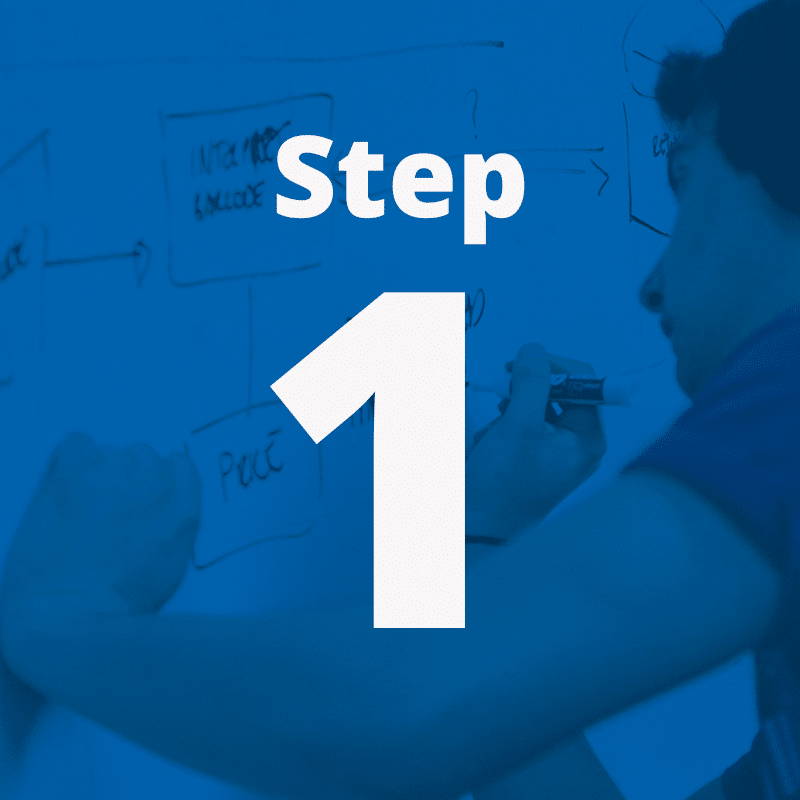
Create
You need to have material to build your portfolio with, so the first thing you need to do is build that body of work. If you can create a print version of your work to go along with your digital portfolio, you’ll be able to carry it with you to interviews and show it in real time. A website is a great way to show off your skills as a web designer.
A good web design portfolio should showcase your best work in a way that makes sense and looks great. Don’t make it overly complicated and let your work tell the story. Make sure to choose a theme and layout that pulls it all together. If you have trouble simplifying it, try focusing on your specialized skills.
Promote
After you have your portfolio the way you want it, you need to find some ways to get it in front of the right people. This is imperative if you want to have a successful career. Thankfully the internet is a great tool for promoting your portfolio. You can share your work nearly instantly with anyone, anywhere.
Social media sites, websites, trade shows and other venues are great for sharing your portfolio with potential clients or employers. Always remember to consider your audience and, if you have the time, make different portfolios for different people. Make several portfolios, each highlighting a different skillset or bodies of work.
Practice talking about your work in a positive way. You know your portfolio better than anyone and can see your weaknesses. Don’t get negative when discussing your work with people. Focus on the positive and rehearse so you are comfortable talking yourself up.
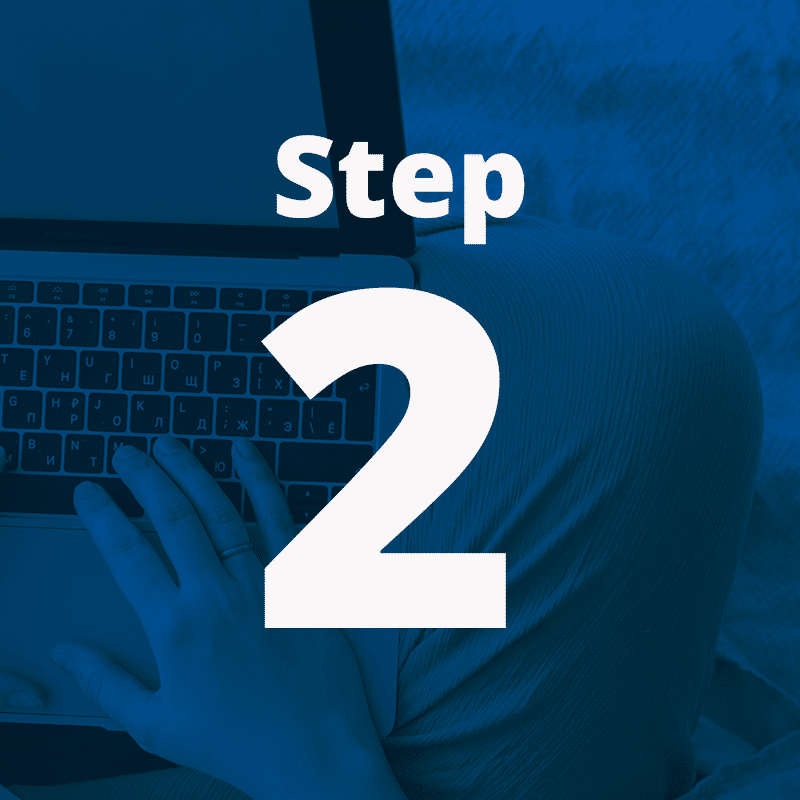
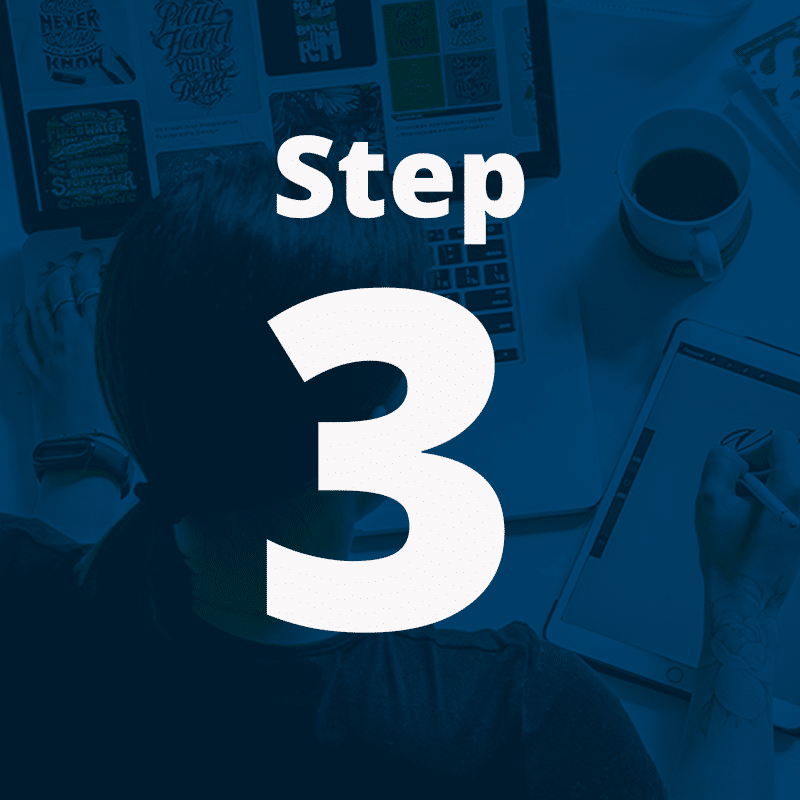
Evolve
So now you’re finished, right? Not exactly. A portfolio is never truly finished. As you create more work, you will need to add it to your portfolio. If you haven’t updated your portfolio for awhile, you might want to completely redo it from scratch. Use the feedback that you receive from people to constantly improve your work.
In web design, new technologies and programs are constantly being created. In order to prove you can stay abreast of all the new tools, you need to show it in your portfolio.
Frequently Asked Questions
How long do you go to school to be a Web Designer?
Web designers and digital designers typically have a high school diploma, but often have a bachelor’s degree or higher. You will need to have a thorough understanding of HTML programming. You may also need to know SQL, Javascript, CSS, Flash and more. Throughout your career, you will need to keep up to date on new tools, technologies and computer languages.
Is a Web Design degree worth it?
Although a web design degree is not necessary to secure a job in web design, a degree will help you immensely. Learning programming languages on your own can prove difficult for most. Associate and bachelor degree programs will provide a good foundation to build a web design career.
How do I start my own Web Design business?
Aside from knowing the various aspects of web design, you will want to have some knowledge of running a business. Courses in business will help you to avoid some common mistakes and give you a nice knowledge base to start from.
Available Programs
This guide was brought to you by Sessions College. Sessions College is a fully online, accredited school of visual arts offering an exciting range of degree and vocational programs in web design and related fields. Below is information on selected programs.
Associate Degree in Web Design
The Associate of Occupational Studies (AOS) in Web Design program offers an intensive two-year degree for students seeking to enter careers as Web designers with a focus on visual and interactive design. Designed for high school graduates and adult learners, the program offers a strong foundation in visual design and a working knowledge of HTML, CSS, and JavaScript.
- Comprehensive 72 credit, 2 year degree program
- Includes Portfolio Review and Design Business course
- Financial aid and creative scholarships for students who qualify
Undergraduate Certificate in Web Design
The Undergraduate Certificate in Web Design provides a foundation in visual design and coding for the Web. Students gain an understanding of the fundamentals of digital imaging, color, and typography and how implement them using HTML, CSS, and JavaScript. Students learn graphic design and coding skills practiced by front end designers, applying them to projects to develop the concepts, layouts, images, and code for responsive websites.
- Focused 24 credit, 2 semester program
- Build a portfolio and advance your career
- Financial aid for students who qualify
Vocational Certificate Programs
In the Professional Certificate in Web Design program, students build proficiency in the technologies that Web design clients and employers demand. Students explore the fundamentals of Adobe Photoshop and Illustrator, learning visual design techniques to make their work stand out. Students focus on how to create page layouts for standards-compliant Web sites using HTML, CSS, JavaScript, and Bootstrap, designing sites that are functional and attractive.
- Flexible 9-month program
- Build a portfolio and advance your career
- Payment plans with affordable monthly payments
- Extend your program with an Advanced Certificate